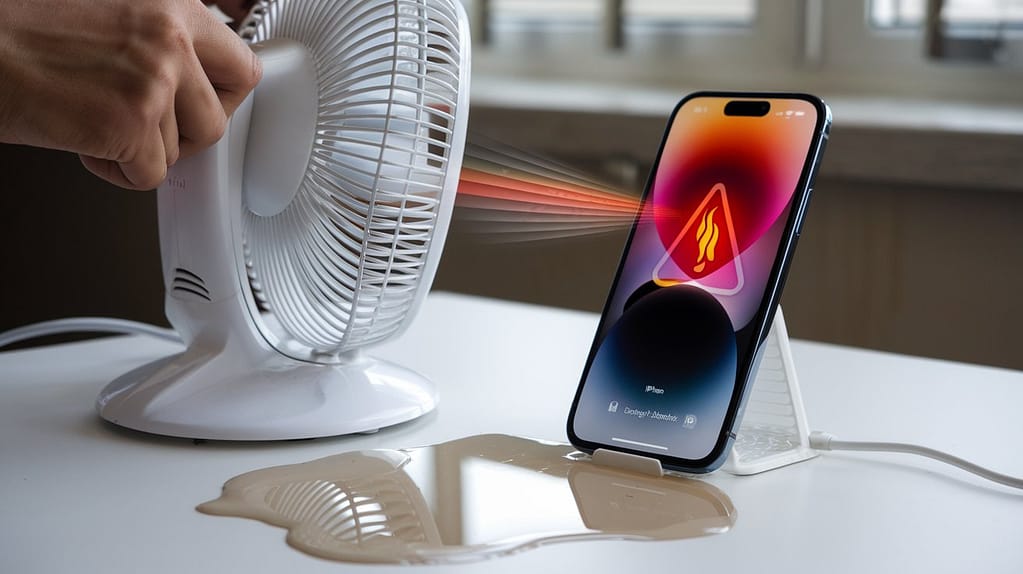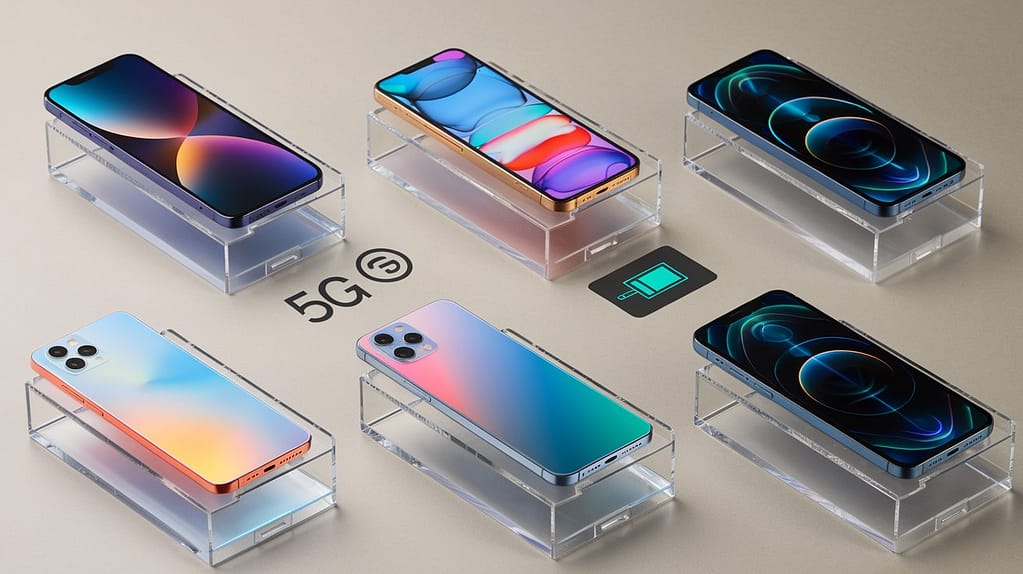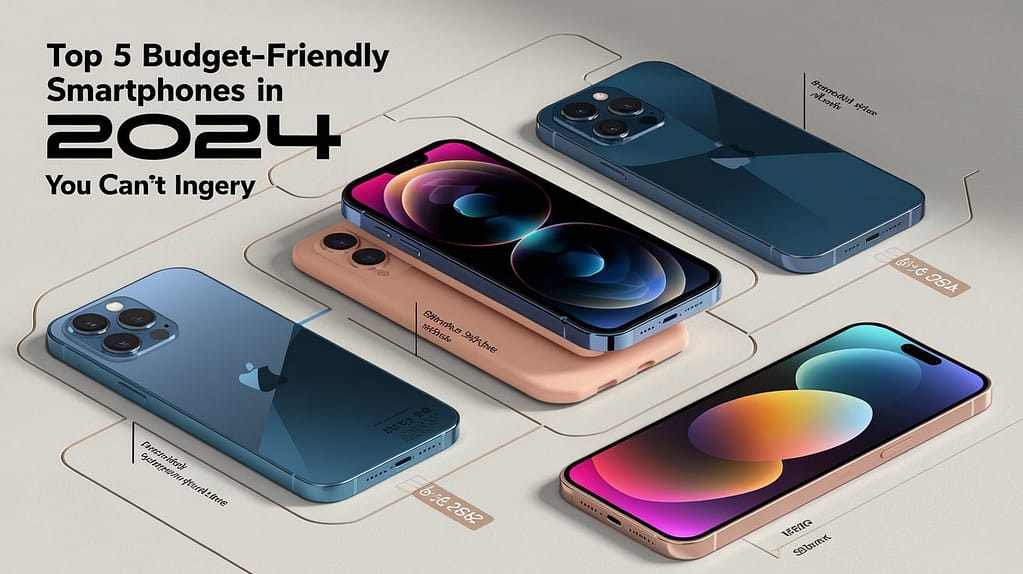
Why Does Your iPhone Overheat? Common Causes Explained
Despite their advanced engineering, modern iPhones remain susceptible to overheating under certain conditions. Although normal during resource-intensive tasks, this phenomenon can become problematic if frequent or severe. Understanding the root causes is key to addressing the issue effectively:
- Processor-Intensive Applications: Running high-demand apps, including graphic-intensive games, video editing software, or augmented reality tools, can place a heavy burden on your iPhone’s CPU and GPU, generating significant heat.
- Adverse Environmental Factors: Prolonged exposure to direct sunlight or usage in high-temperature environments accelerates heat buildup.
- Software or System Glitches: Background processes monopolizing system resources or faulty apps running inefficient code can exacerbate heating issues.
- Charging Complications: Utilizing uncertified charging accessories or charging while performing demanding tasks significantly contributes to temperature increases.
Recognizing these triggers allows users to adopt more effective cooling strategies and preventive measures, ultimately prolonging device health and performance.
Immediate Actions to Cool Down an Overheating iPhone
If your iPhone starts overheating, taking prompt steps can prevent potential damage. Follow these immediate actions to lower its temperature:
- Close Background Applications: On iPhones with a home button, double-tap it; on newer models, swipe up from the bottom and pause to reveal active apps. Close unnecessary apps running in the background.
- Remove the Protective Case: Many protective cases trap heat, impeding natural airflow. Removing the case allows better ventilation and quicker heat dissipation.
- Move to a Cooler Location: Relocate to an air-conditioned space or shaded area, avoiding direct sunlight and external heat sources.
- Disable Unnecessary Features:
- Turn off Bluetooth, Wi-Fi, and location services when not required.
- Reduce power-intensive settings like background app refresh.
- Stop Charging the Device: Immediately unplug the charger if your iPhone overheats while charging.
It is important to avoid placing your iPhone in extremely cold environments or using freezers to cool it rapidly. Sudden temperature shifts can cause condensation and damage internal components.
Optimizing Settings to Prevent Future Overheating
Prevention is essential for maintaining optimal device performance. Fine-tuning iPhone settings can significantly reduce the risk of overheating.
1. Keep iOS Up to Date
Apple releases software updates to improve performance and address bugs. Regularly check for updates under Settings > General > Software Update.
2. Limit Background App Refresh
Background activity can increase heat. Adjust this feature by navigating to Settings > General > Background App Refresh and selecting Off or Wi-Fi only.
3. Adjust Screen Brightness
High brightness levels contribute to overheating. Enable Auto-Brightness or reduce it manually via Settings > Display & Brightness.
4. Manage Notifications
Frequent notifications wake the screen, increasing heat. Customize notification preferences under Settings > Notifications.
5. Optimize Charging Practices
Always use Apple-certified chargers and avoid charging your iPhone on heat-retaining surfaces or in direct sunlight.
Advanced Techniques for Managing Overheating
If overheating persists, more advanced troubleshooting may be necessary.
Reset All Settings
Resetting can resolve underlying software conflicts without erasing personal data. Access this via Settings > General > Reset > Reset All Settings.
Disable Visual Effects
Excessive animations tax system resources. Reduce them by:
- Switching to static wallpapers under Settings > Wallpaper.
- Enabling Reduce Motion under Settings > Accessibility > Motion.
Enable Low Power Mode
Activating Low Power Mode conserves energy and reduces heat generation:
- Find it in Settings > Battery.
Hardware Considerations: When to Seek Professional Assistance
Persistent overheating may indicate hardware issues requiring professional intervention. Watch for these signs:
- Swollen or Misshapen Battery: A physical indicator of internal pressure and potential safety hazards.
- Heat-Induced Screen Malfunctions: Display flickering, dimming, or unresponsive touch features.
- Frequent Automatic Shutdowns: Recurrent thermal protection triggers suggest underlying hardware faults.
Consult an Apple Authorized Service Provider for a comprehensive diagnosis and resolution.
Preventive Practices to Maintain Optimal Temperature
- Activate Airplane Mode in Heatwaves: This reduces cellular activity, lowering the risk of heat generation.
- Avoid Using the Device While Charging: Heavy usage while charging amplifies thermal stress.
- Keep iPhones Out of Hot Cars: Temperatures can escalate dangerously in parked vehicles.
- Maintain Sufficient Storage Space: Reserve at least 10% of storage to prevent performance-related heat buildup.
Conclusion
Mitigating iPhone overheating requires proactive prevention and swift intervention. Users can enhance their device’s performance and lifespan by implementing these strategies and optimizing system settings. Persistent overheating, however, necessitates professional diagnostics.
Frequently Asked Questions
Q1. Can overheating cause permanent damage?
Yes, continuous exposure to heat degrades battery health and may damage internal components.
Q2. Why does my iPhone overheat while charging?
Non-certified or faulty chargers often cause overheating. Use Apple-certified accessories to avoid this.
Q3. Will a factory reset help?
A factory reset can resolve persistent software-related overheating issues. Always back up your data before proceeding.
Q4. Can third-party apps cause overheating?
Yes, poorly optimized apps consume excessive system resources. To maintain efficiency, regularly review and uninstall problematic apps.

